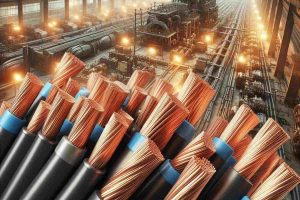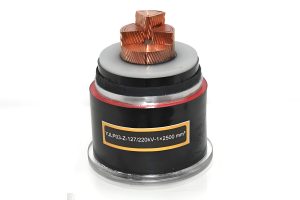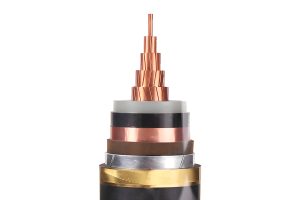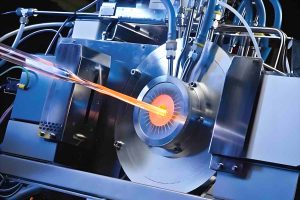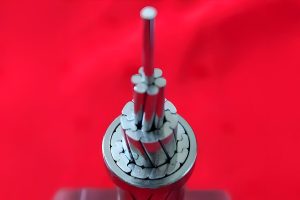Failures in electrical circuits are currently the main “cause” of the fires, and its causes include: the use of non-fireproof electrical cables, damage to electrical cable conductors, faults in electrical cable connections, cable insulation aging, among others, that cause fires. Therefore, to prevent fires, The choice of materials for electrical cables is especially important. Currently, the cable industry pays great attention to a new type of fire-resistant cable: ceramizable silicone cable.
How to choose the right cable for energy storage systems: Complete guide
In the current era of energy transition, energy storage systems (SAE) have become a fundamental pillar to guarantee the stability of the electrical network, integrate renewable sources such as solar and wind, and optimize energy consumption in homes, industries and communities. Nevertheless, many storage projects … Read more




